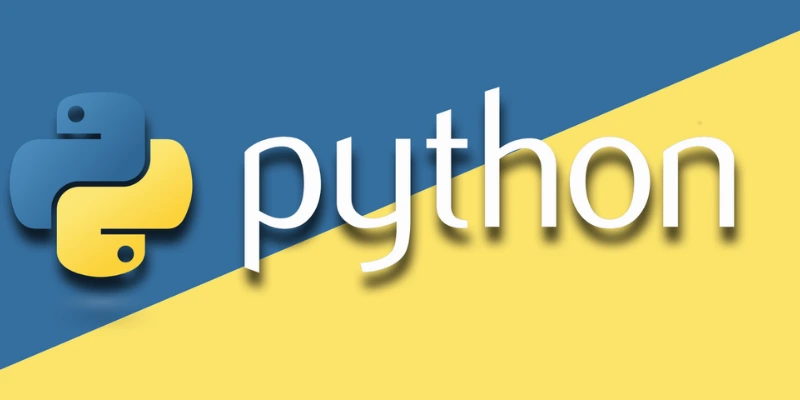
Having the appropriate tools can greatly expedite model construction in the fields of deep learning and artificial intelligence. TensorFlow and Keras have emerged as two of the most essential frameworks for building neural networks using Python. Both novice and seasoned developers favor them because of their adaptability, scalability, and vibrant community. If you’re just beginning your machine learning journey, enrolling in Python Classes in Pune can help you understand how TensorFlow and Keras work together to build and deploy robust deep learning model with real-world applications.
Understanding the Role of TensorFlow
TensorFlow, developed by Google, is an open-source library that simplifies the creation and training of machine learning models. It enables developers to build computational graphs, which efficiently represent complex mathematical operations. These graphs allow models to be optimized for CPUs, GPUs, and even mobile devices, making TensorFlow highly versatile.
One of the strengths of TensorFlow is its ability to manage large datasets and handle distributed training. Whether you’re working on natural language processing, computer vision, or predictive analytics, TensorFlow provides the performance and scalability needed for production-grade applications.
Keras: A High-Level Interface for Deep Learning
Keras was initially developed as a separate project, but it is now tightly integrated within TensorFlow. It offers a more intuitive and user-friendly API that allows developers to build neural networks using simple Python code. This high-level interface abstracts many of the complexities involved in deep learning, letting you focus more on experimenting with architecture rather than worrying about the backend.
For those transitioning from traditional machine learning to deep learning, learning how to implement models using Keras can provide a smoother introduction to advanced topics. This approach is especially helpful in structured training Courses Python training in Delhi, where learners are guided step-by-step from linear models to convolutional neural networks using real datasets.
Building Your First Neural Network
The process of building a neural network in Keras involves defining a model structure, selecting a loss function, choosing an optimizer, and then training the model on your data. This process is greatly simplified by the sequential API, which allows you to stack layers of neurons in a linear fashion.
Behind the scenes, TensorFlow handles all the complex mathematical operations, memory optimization, and hardware acceleration, ensuring your model trains efficiently. After training, the model can be evaluated, fine-tuned, and saved for future predictions or deployments. The simplicity of this workflow makes it accessible even to those who are just starting out with deep learning. As part of hands-on learning, frameworks like TensorFlow and Keras are often included in the curriculum of Python training in Kochi, where students learn to build models for tasks such as handwritten digit recognition, sentiment analysis, and image classification using real-world datasets.
Debugging and Improving Model Performance
Once you’ve built a model, the next challenge is improving its accuracy and generalization. This involves techniques such as adjusting learning rates, adding regularization, using dropout layers, or increasing the depth of the model. Keras makes this process easier by offering tools for visualization and diagnostics, such as TensorBoard, which lets you track your model’s training performance in real time.
Understanding where your model is underperforming and how to fix it is a key part of becoming proficient in deep learning. As your experience grows, so does your ability to recognize when a model needs more data, different architecture, or additional tuning. These practices are emphasized in structured learning paths, and many learners benefit from mentorship and peer support offered in environments where debugging sessions and collaborative projects enhance model-building skills.
Why Choose TensorFlow and Keras?
One of the biggest reasons to start with TensorFlow and Keras is their tight integration and wide industry adoption. They are backed by Google and supported by a vast community of developers, ensuring frequent updates, security improvements, and access to cutting-edge research. This makes them excellent choices for production-ready applications.
In addition, their compatibility with Python makes it easier for developers with existing Python skills to transition into deep learning without having to learn an entirely new language or paradigm. TensorFlow and Keras also support model export and deployment to mobile and edge devices, which is increasingly important in fields like healthcare, finance, and IoT. When working with data pipelines in these domains, understanding the Benefits of SQL in Python can greatly enhance data accessibility and preprocessing before feeding it into machine learning models.
TensorFlow and Keras together provide a powerful platform for anyone interested in deep learning. Their ease of use, scalability, and rich documentation make them ideal for developers at all stages. Whether you’re building a simple feedforward network or deploying a complex model to the cloud, these tools simplify the workflow and accelerate your growth in the AI field. For those serious about building a future in Python-based development and AI, exploring advanced topics through Python training in Jaipur can offer the structure and mentorship needed to master TensorFlow and Keras in real-world contexts.
Also Check: Difference Between Module and Package in Python
